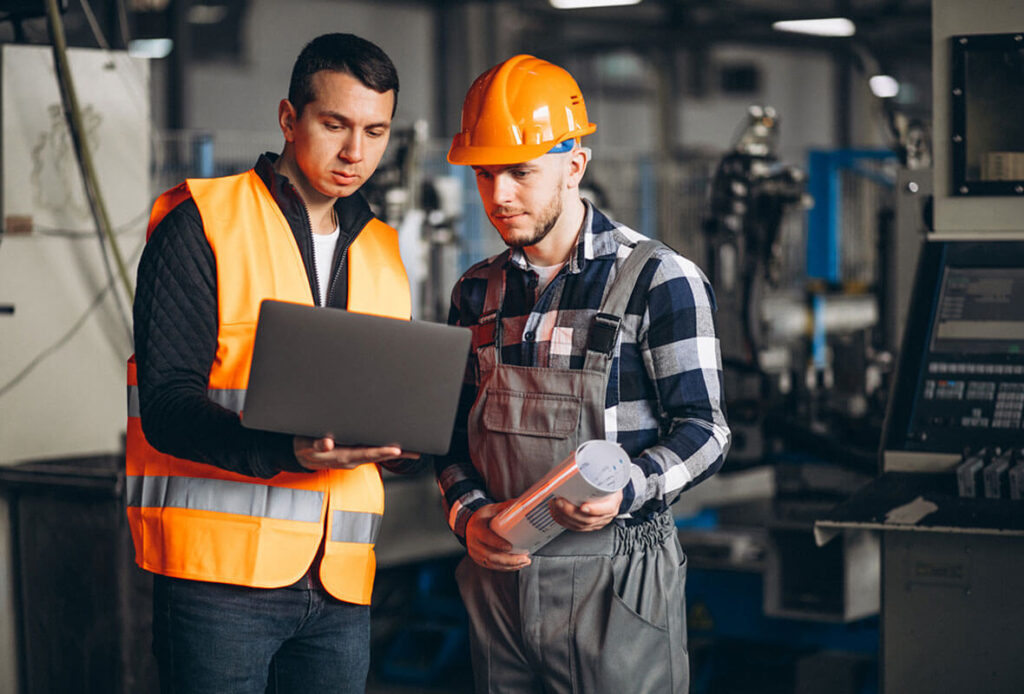The Evolution and Importance of Marine Ship Manufacturing Industries
Marine ship manufacturing is a cornerstone of the global economy, enabling the transportation of goods, energy resources, and people across oceans. As an industry, it has evolved over centuries, incorporating cutting-edge technologies, sustainable practices, and innovative designs. Marine ship manufacturing industries like HILLROM play a vital role in the development of modern infrastructure, defense, and global commerce. This article explores the evolution, significance, and future of marine ship manufacturing industries in the 21st century.
1. The Historical Evolution of Ship Manufacturing
The origins of shipbuilding date back to ancient civilizations that relied on wooden ships for exploration, trade, and warfare. As the industry evolved, shipbuilders moved from wooden structures to steel and eventually to complex, multi-material vessels equipped with advanced engineering systems. The industrial revolution in the 19th century marked a significant turning point, introducing mass production techniques and the use of steam power.
In the modern era, the marine ship manufacturing industry has adopted sophisticated techniques, including computer-aided design (CAD), automation, and robotic welding, to increase efficiency and precision in ship construction.
2. The Role of Ship Manufacturing in the Global Economy
Marine ships are essential to global trade, with over 90% of the world’s goods being transported via sea routes. Ship manufacturing industries ensure that global commerce runs smoothly by constructing cargo ships, tankers, container vessels, and specialized ships such as offshore platforms for the energy sector.
Shipyards like HILLROM are responsible for building and maintaining these vessels, ensuring that they meet international safety, environmental, and quality standards. Additionally, the defense sector depends on ship manufacturers to produce naval vessels, from frigates to aircraft carriers, essential for national security.
3. Key Features of Modern Shipbuilding
Modern shipbuilding has been transformed by technological advancements. Below are a few key features that define the marine ship manufacturing industry today:
- Automation and Robotics: Shipyards are using automated systems and robotics to enhance production speed and precision. These technologies help reduce the margin for error and increase the overall efficiency of ship construction.
- Sustainability: Environmental concerns have pushed the industry to adopt green technologies. Marine manufacturers are increasingly using renewable energy sources, eco-friendly paints, and advanced waste management systems to reduce the environmental impact of shipbuilding.
- Advanced Materials: Modern ships are constructed from high-strength steel, composites, and other advanced materials to make them more durable, lighter, and more efficient. These materials allow ships to carry heavier loads while consuming less fuel, contributing to overall energy savings.
- Smart Ships: As part of the digital transformation, “smart” ships are becoming more common. These vessels are equipped with sensors and communication systems that provide real-time data on weather conditions, fuel consumption, and equipment status, making shipping safer and more efficient.
4. Challenges Facing the Marine Ship Manufacturing Industry
Despite its crucial role in global trade and defense, the marine ship manufacturing industry faces several challenges:
- Environmental Regulations: Stricter regulations aimed at reducing carbon emissions and preventing marine pollution have put pressure on ship manufacturers to innovate and comply with sustainable practices.
- Cost Pressures: Building ships is a capital-intensive process that requires a skilled workforce, advanced materials, and cutting-edge technology. Rising costs in these areas, along with global competition, can affect profitability and timelines.
- Geopolitical Tensions: Shipbuilding is closely tied to defense, and global political instability can lead to increased demand for military vessels, creating fluctuations in the industry.
5. Future Trends in Ship Manufacturing
The future of the marine ship manufacturing industry is focused on sustainability, digitalization, and efficiency. The following trends are expected to shape the industry:
- Green Shipping: There is growing interest in electric and hybrid propulsion systems, with a focus on reducing carbon footprints. Hydrogen-powered ships and fully electric vessels are already in development, with the potential to revolutionize the industry.
- Autonomous Ships: Just as autonomous cars are becoming a reality, the maritime industry is also moving towards self-piloting vessels. These ships will rely on artificial intelligence (AI) and machine learning to navigate without human intervention, increasing safety and reducing operational costs.
- 3D Printing: Shipyards are beginning to use 3D printing technology to create components, which allows for faster and more cost-effective production. This technology also enables the rapid prototyping of new ship designs.
- Modular Construction: Shipbuilders are adopting modular construction techniques, where ships are built in sections and then assembled. This approach reduces construction time and allows for greater customization of vessels.
Conclusion
The marine ship manufacturing industry is a dynamic and essential part of the global economy, driving trade, energy production, and defense. Despite facing challenges such as environmental regulations and rising costs, the industry is poised for a future characterized by sustainability, technological innovation, and enhanced efficiency. Companies like HILLROM Marine Ship Manufacturing Industries are at the forefront of this transformation, ensuring that ships of the future will be greener, smarter, and more resilient.

